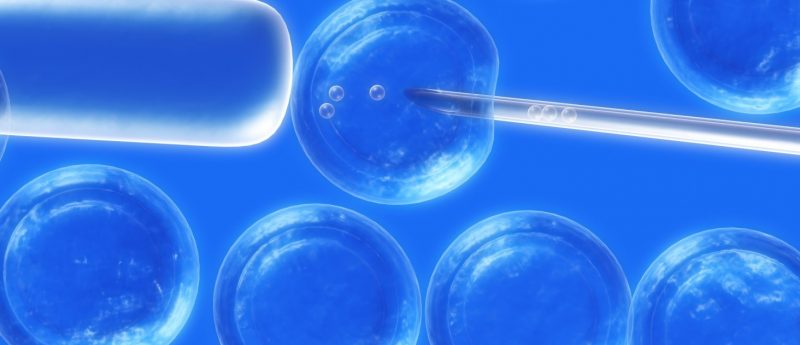Scientists correct cystic fibrosis mutation in induced pluripotent stem cells

Scientists from the University of Texas Health Science Center at Houston (TX, USA) were able to repair genetic mutations responsible for cystic fibrosis in stem cells.
People with cystic fibrosis have mutations in a gene called CFTR which leads to the production of a defective protein. Tens of thousands of people worldwide suffer from this life-threatening disease which causes chronic bacterial infections in the lung and gradual lung destruction.
The research team derived induced pluripotent stem cells from the skin cells of patients with cystic fibrosis. They then corrected the genetic mutation via zinc finger nuclease-mediated genome editing and produced a new line of CFTR mutation-free stem cells. The findings of the study were recently published in Stem Cell Reports.
“This study points to a strategy for developing treatments for cystic fibrosis, including patients with rare forms of the disease,” stated Eric J. Sorscher, study co-author and professor of hematology and oncology at the University of Alabama (AL, USA).
Brian Davis, senior author of the study, believes that both the mutant and corrected stem cells could provide scientists with new research tools to evaluate encouraging cystic fibrosis treatments. Even further in the future, the cells could be used to generate new organs such as the lung. “This has been done to the hearts and lungs of mice,” explained Davis. “You basically take the organ, remove the existing cells and reseed the organ scaffolding with new stem cells.”
The production of the defective protein caused by the CTFR mutation interferes with the regular flow of salt and fluids in and out of cells of the lungs. When this flow is inhibited, a series of problems arise. Right now, the median age of survival of people with cystic fibrosis is 41 years of age, but many children still die from the disease.
“We’ve created stem cells corrected for the cystic fibrosis mutation that potentially could be utilized therapeutically for patients,” commented Davis. “While much work remains, it is possible that these cells could one day be used as a form of cell therapy.”
Sources:
Crane Am, Kramer P, Bui JH et al.Targeted Correction and Restored Function of the CFTR Gene in Cystic Fibrosis Induced Pluripotent Stem Cells. Stem Cell Reports, doi: 10.1016/j.stemcr.2015.02.005 (2015) [Epub ahead of print]; University of Texas Health Science Center at Houston press release: https://www.uth.edu/media/story.htm?id=77135222-2d65-44bd-84be-cad1d47a05e9